-
 Bitcoin
Bitcoin $118900
0.42% -
 Ethereum
Ethereum $3710
-2.88% -
 XRP
XRP $3.513
-2.96% -
 Tether USDt
Tether USDt $1.000
-0.01% -
 Solana
Solana $203.0
3.65% -
 BNB
BNB $765.5
-1.29% -
 USDC
USDC $0.9998
0.00% -
 Dogecoin
Dogecoin $0.2671
-4.18% -
 Cardano
Cardano $0.8817
-3.63% -
 TRON
TRON $0.3139
-0.64% -
 Hyperliquid
Hyperliquid $44.34
-5.45% -
 Stellar
Stellar $0.4637
-4.08% -
 Sui
Sui $3.908
-2.59% -
 Chainlink
Chainlink $19.34
-2.62% -
 Hedera
Hedera $0.2712
-3.77% -
 Avalanche
Avalanche $24.97
-4.13% -
 Bitcoin Cash
Bitcoin Cash $519.8
-1.48% -
 Shiba Inu
Shiba Inu $0.00001518
-3.74% -
 Litecoin
Litecoin $115.6
-2.21% -
 Toncoin
Toncoin $3.460
3.68% -
 UNUS SED LEO
UNUS SED LEO $8.977
-0.07% -
 Polkadot
Polkadot $4.460
-2.96% -
 Uniswap
Uniswap $10.53
-5.43% -
 Ethena USDe
Ethena USDe $1.001
0.01% -
 Monero
Monero $323.6
-0.36% -
 Pepe
Pepe $0.00001379
-2.60% -
 Bitget Token
Bitget Token $4.772
-3.90% -
 Dai
Dai $0.9999
0.00% -
 Aave
Aave $307.5
-6.66% -
 Bittensor
Bittensor $441.8
0.84%
What is a post-only order?
Post-only orders ensure traders add liquidity by canceling if they'd execute immediately, helping avoid taker fees and earn maker rebates.
Jul 22, 2025 at 07:00 pm

Understanding the Basics of Post-Only Orders
A post-only order is a type of limit order used in cryptocurrency trading that ensures the order will only add liquidity to the market. This means the order will not execute immediately against existing orders; instead, it will be placed on the order book, waiting for a matching order. If the order would otherwise match and execute with an existing order (thereby removing liquidity), it is canceled automatically.
This feature is particularly important for traders who wish to avoid paying taker fees and instead earn maker rebates offered by many exchanges. By using a post-only order, traders can ensure their trades are classified as maker orders, which typically have lower fees or even receive rebates.
How Post-Only Orders Function in Trading Platforms
When a trader places a post-only order, the exchange checks whether the order would immediately match with any existing orders at the same price or better. If such a match exists, the system rejects or cancels the order, preventing it from acting as a taker. If no such match exists, the order is placed on the order book as a maker order.
- Order is placed at a non-crossing price: It becomes part of the order book.
- Order crosses the spread or matches existing orders: It gets canceled to maintain its post-only status.
This functionality ensures that the trader does not inadvertently become a liquidity taker. It is especially useful in fast-moving markets where prices change rapidly and the risk of crossing the spread is high.
Use Cases for Post-Only Orders in Crypto Trading
Traders often use post-only orders when they are not in a hurry to execute and prefer to wait for better pricing while earning maker fee benefits. Some specific use cases include:
- Arbitrage strategies, where traders place orders on multiple exchanges and want to ensure they don't pay taker fees.
- Market-making bots, which rely on placing and canceling orders frequently to capture small spreads.
- Limit order stacking, where traders place multiple post-only orders at various price levels to accumulate or distribute assets gradually.
By using post-only orders, traders can optimize fee structures and reduce transaction costs over time.
Differences Between Post-Only Orders and Regular Limit Orders
While both post-only and regular limit orders allow traders to specify a price at which they want to buy or sell, the key distinction lies in execution behavior:
- Regular limit order: Can execute immediately if it matches an existing order, acting as a taker.
- Post-only order: Will not execute immediately and will only remain on the order book as a maker.
This distinction is crucial for traders who want to maintain maker status on exchanges that offer fee discounts or rebates for adding liquidity. Some exchanges even allow traders to see whether an order is classified as a maker or taker in real-time.
How to Set Up a Post-Only Order on Major Cryptocurrency Exchanges
Setting up a post-only order varies slightly across exchanges, but most platforms offer a checkbox or toggle option when placing a limit order. Below is a step-by-step guide for placing a post-only order on popular exchanges:
Binance:
- Navigate to the trading pair you want.
- Select "Limit" order type.
- Check the box labeled "Post-Only" before placing the order.
Kraken:
- Go to the advanced trading interface.
- Under order options, select "Post-Only" from the dropdown menu.
Bybit:
- Choose the "Limit" order tab.
- Toggle on the "Post-Only" option.
Bitstamp:
- Go to the order placement panel.
- Look for the "Post-Only" checkbox and enable it.
It's essential to verify that the post-only feature is supported for the specific trading pair and account type. Some platforms may restrict this feature for certain markets or user tiers.
Common Mistakes When Using Post-Only Orders
Despite their benefits, post-only orders can lead to unexpected cancellations or missed opportunities if not used correctly. Here are some common pitfalls:
- Setting prices too close to the market price: This increases the chance of the order being canceled due to immediate matching.
- Assuming the order will always execute: Since post-only orders do not cross the spread, they may never get filled in fast-moving markets.
- Ignoring exchange-specific rules: Some exchanges handle post-only orders differently, especially during high volatility or system maintenance.
To avoid these issues, traders should monitor the order book depth and set realistic price levels that are likely to be filled over time without crossing into taker territory.
FAQs
Q: Can post-only orders be used with stop-loss or take-profit strategies?
A: Most exchanges do not support combining post-only orders with stop-loss or take-profit features. These advanced order types typically require immediate execution, which conflicts with the post-only rule.
Q: Do all exchanges support post-only orders?
A: No, not all exchanges offer post-only orders. Traders should check the platform’s documentation or support center to confirm availability for specific trading pairs and markets.
Q: Are post-only orders available for futures trading?
A: Yes, many exchanges that support futures trading also offer post-only order functionality, though the interface and options may differ from spot trading.
Q: Why was my post-only order canceled immediately after placement?
A: This typically happens when your order would have matched existing orders on the book. The system cancels it to preserve its post-only status and prevent it from acting as a taker.
Disclaimer:info@kdj.com
The information provided is not trading advice. kdj.com does not assume any responsibility for any investments made based on the information provided in this article. Cryptocurrencies are highly volatile and it is highly recommended that you invest with caution after thorough research!
If you believe that the content used on this website infringes your copyright, please contact us immediately (info@kdj.com) and we will delete it promptly.
- SEC, Bitcoin, and Crypto: Navigating the Wild West of Digital Finance
- 2025-07-23 04:30:12
- Solana NFTs Surge: Riding the Wave of Market Volume and NFT Hype
- 2025-07-23 04:30:12
- Wall Street Pepe (WEPE) and the Solana Meme Coin Mania: A New Era?
- 2025-07-23 03:30:13
- Rare Coin Frenzy: Bidding Wars and the Pocket Change Revolution
- 2025-07-23 02:50:13
- Tokens with Growth Potential & Low Risk: Navigating the Crypto Landscape
- 2025-07-23 03:50:12
- Pepe Dollar, Solaxy, and Meme Utility: A New Yorker's Take on Crypto's Cutting Edge
- 2025-07-23 02:50:13
Related knowledge

How to trade ETH perpetuals on Bitstamp?
Jul 23,2025 at 03:28am
Understanding ETH Perpetual ContractsETH perpetual contracts are derivative products that allow traders to speculate on the price of Ethereum without ...
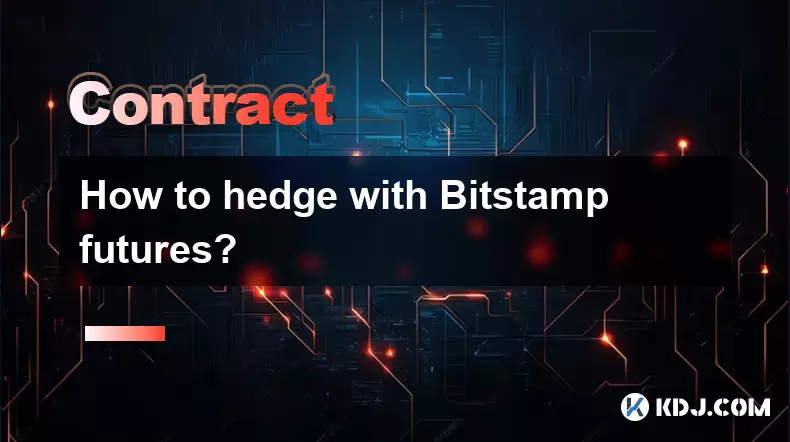
How to hedge with Bitstamp futures?
Jul 23,2025 at 02:00am
Understanding Bitstamp Futures ContractsBitstamp futures are financial derivatives that allow traders to speculate on or hedge against the future pric...
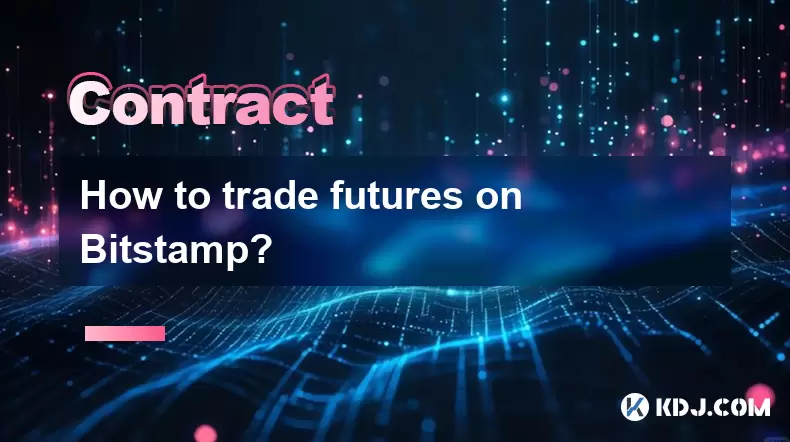
How to trade futures on Bitstamp?
Jul 23,2025 at 12:56am
Understanding Bitstamp Futures TradingFutures trading on Bitstamp allows users to speculate on the future price of cryptocurrencies such as Bitcoin an...
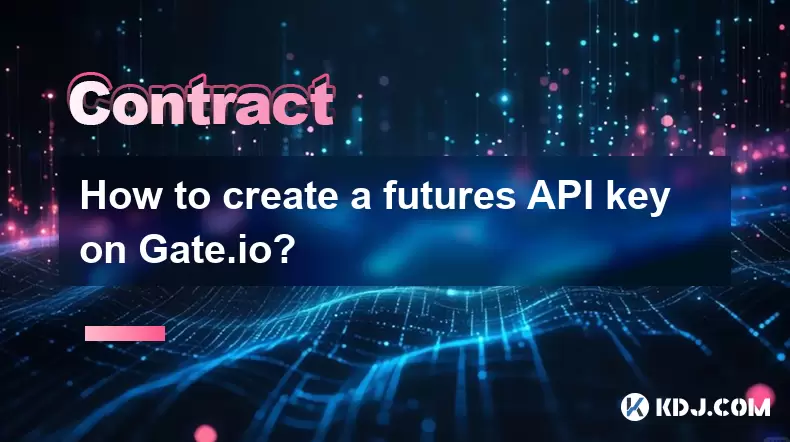
How to create a futures API key on Gate.io?
Jul 23,2025 at 03:49am
Understanding Futures API Keys on Gate.ioA futures API key on Gate.io allows traders to automate trading strategies, manage positions, and retrieve re...
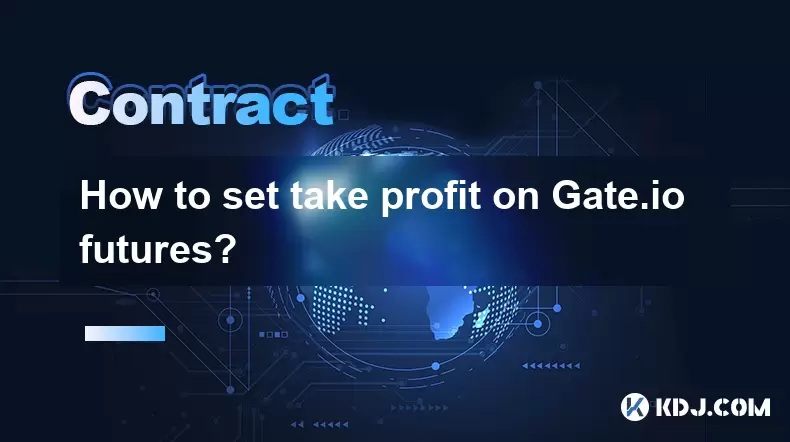
How to set take profit on Gate.io futures?
Jul 23,2025 at 01:14am
Understanding Take Profit in Gate.io FuturesWhen trading futures on Gate.io, a take profit (TP) order allows traders to automatically close a position...
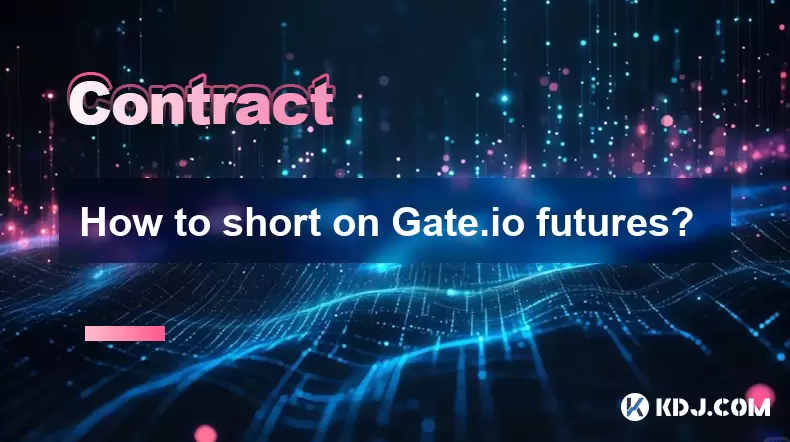
How to short on Gate.io futures?
Jul 22,2025 at 10:42pm
Understanding Futures Trading on Gate.ioFutures trading allows users to speculate on the price movement of cryptocurrencies without owning the underly...

How to trade ETH perpetuals on Bitstamp?
Jul 23,2025 at 03:28am
Understanding ETH Perpetual ContractsETH perpetual contracts are derivative products that allow traders to speculate on the price of Ethereum without ...

How to hedge with Bitstamp futures?
Jul 23,2025 at 02:00am
Understanding Bitstamp Futures ContractsBitstamp futures are financial derivatives that allow traders to speculate on or hedge against the future pric...

How to trade futures on Bitstamp?
Jul 23,2025 at 12:56am
Understanding Bitstamp Futures TradingFutures trading on Bitstamp allows users to speculate on the future price of cryptocurrencies such as Bitcoin an...

How to create a futures API key on Gate.io?
Jul 23,2025 at 03:49am
Understanding Futures API Keys on Gate.ioA futures API key on Gate.io allows traders to automate trading strategies, manage positions, and retrieve re...

How to set take profit on Gate.io futures?
Jul 23,2025 at 01:14am
Understanding Take Profit in Gate.io FuturesWhen trading futures on Gate.io, a take profit (TP) order allows traders to automatically close a position...

How to short on Gate.io futures?
Jul 22,2025 at 10:42pm
Understanding Futures Trading on Gate.ioFutures trading allows users to speculate on the price movement of cryptocurrencies without owning the underly...
See all articles

























































































